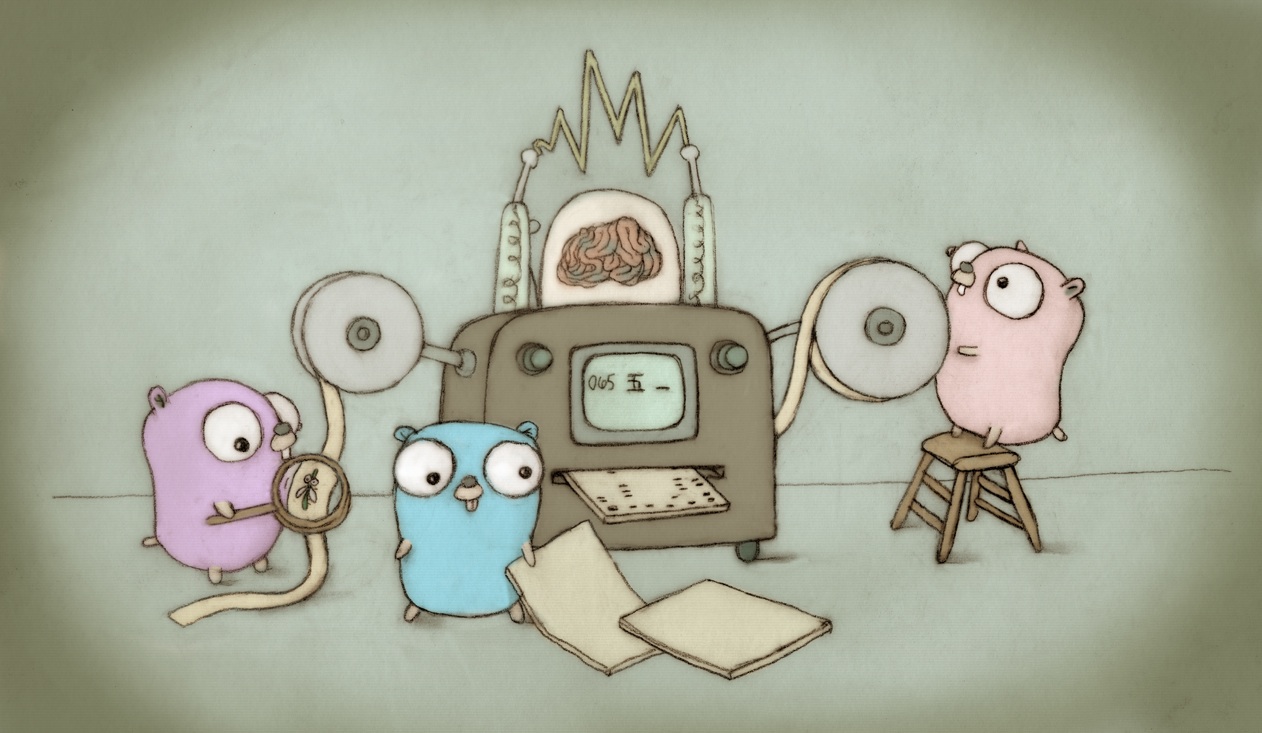Currently, the runtime lock rank graph is maintained manually in a large set of arrays that give the partial order and a manual topological sort of this partial order. Any changes to the rank graph are difficult to reason about and hard to review, as well as likely to cause merge conflicts. Furthermore, because the partial order is manually maintained, it's not actually transitively closed (though it's close), meaning there are many cases where rank a can be acquired before b and b before c, but a cannot be acquired before c. While this isn't technically wrong, it's very strange in the context of lock ordering. Replace all of this with a much more compact, readable, and maintainable description of the rank graph written in the internal/dag graph language. We statically generate the runtime structures from this description, which has the advantage that the parser doesn't have to run during runtime initialization and the structures can live in static data where they can be accessed from any point during runtime init. The current description was automatically generated from the existing partial order, combined with a transitive reduction. This ensures it's correct, but it could use some manual messaging to call out the logical layers and add some structure. We do lose the ad hoc string names of the lock ranks in this translation, which could mostly be derived from the rank constant names, but not always. I may bring those back but in a more uniform way. We no longer need the tests in lockrank_test.go because they were checking that we manually maintained the structures correctly. Fixes #53789. Change-Id: I54451d561b22e61150aff7e9b8602ba9737e1b9b Reviewed-on: https://go-review.googlesource.com/c/go/+/418715 Run-TryBot: Austin Clements <austin@google.com> Reviewed-by: Michael Pratt <mpratt@google.com> TryBot-Result: Gopher Robot <gobot@golang.org> |
||
|---|---|---|
| .github | ||
| api | ||
| doc | ||
| lib/time | ||
| misc | ||
| src | ||
| test | ||
| .gitattributes | ||
| .gitignore | ||
| codereview.cfg | ||
| CONTRIBUTING.md | ||
| LICENSE | ||
| PATENTS | ||
| README.md | ||
| SECURITY.md | ||
The Go Programming Language
Go is an open source programming language that makes it easy to build simple, reliable, and efficient software.
 Gopher image by Renee French, licensed under Creative Commons 3.0 Attributions license.
Gopher image by Renee French, licensed under Creative Commons 3.0 Attributions license.
Our canonical Git repository is located at https://go.googlesource.com/go. There is a mirror of the repository at https://github.com/golang/go.
Unless otherwise noted, the Go source files are distributed under the BSD-style license found in the LICENSE file.
Download and Install
Binary Distributions
Official binary distributions are available at https://go.dev/dl/.
After downloading a binary release, visit https://go.dev/doc/install for installation instructions.
Install From Source
If a binary distribution is not available for your combination of operating system and architecture, visit https://go.dev/doc/install/source for source installation instructions.
Contributing
Go is the work of thousands of contributors. We appreciate your help!
To contribute, please read the contribution guidelines at https://go.dev/doc/contribute.
Note that the Go project uses the issue tracker for bug reports and proposals only. See https://go.dev/wiki/Questions for a list of places to ask questions about the Go language.